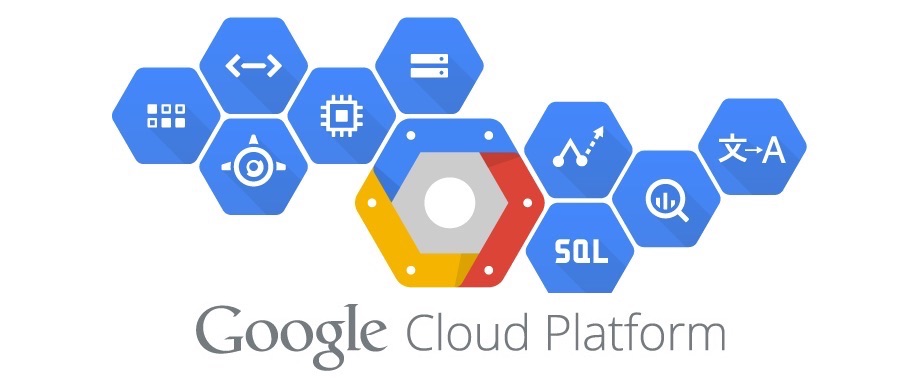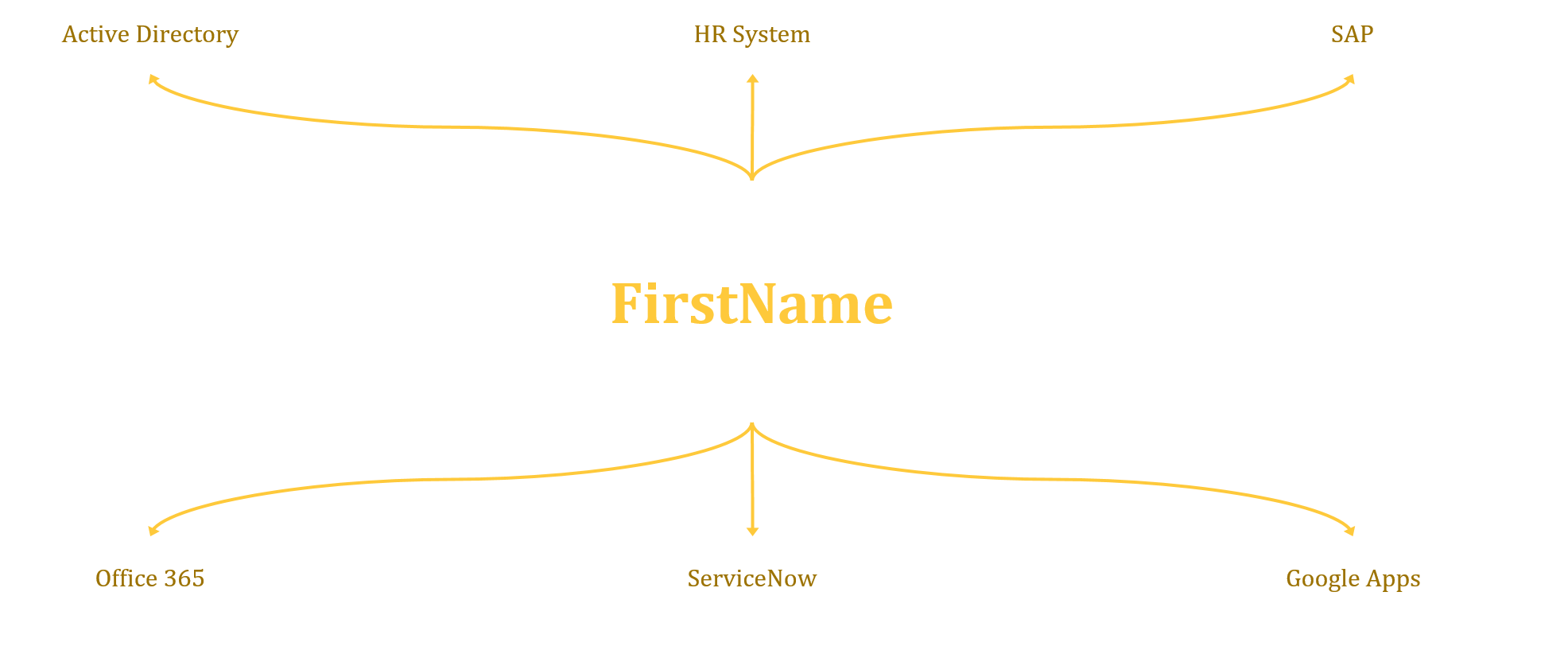Ok Google Email me the status of all vms – Part 2
First published at https://nivleshc.wordpress.com
In my last blog, we configured the backend systems necessary for accomplishing the task of asking Google Home “OK Google Email me the status of all vms” and it sending us an email to that effect. If you haven’t finished doing that, please refer back to my last blog and get that done before continuing.
In this blog, we will configure Google Home.
Google Home uses Google Assistant to do all the smarts.… [Keep reading] “Ok Google Email me the status of all vms – Part 2”



